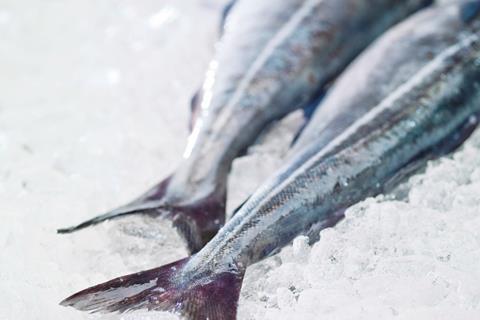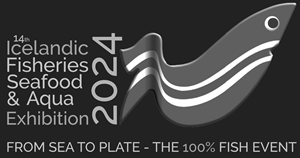The total volume of fish and shellfish landed by the Iceland’s fishing fleet last year fell by 3% or more than 39,000 tonnes compared to 2022 to 1,378,768 tonnes, according to preliminary figures for the year gathered by the country’s Directorate of Fisheries.
Of last year’s total, demersal landings decreased 7% to 402,884 tonnes, with cod, saithe and redfish catches falling 9%, 32% and 1%, respectively, to 220,560 tonnes, 42,173 tonnes and 39,160 tonnes. However, there was a 22% upturn in the year’s haddock volume, which totalled 69,539 tonnes.
Meanwhile, the fleet’s flatfish catch increased 10% to 23,664 tonnes, and its shellfish volume fell 6% year-on-year to 5,773 tonnes.
Iceland’s 2023 pelagic landings slipped 1% to 946,399 tonnes, with a 1% rise in herring (186,429 tonnes), a 9% increase in mackerel (141,369 tonnes).
It’s again expected that many key stakeholders from Iceland’s fisheries sector will be attending and supporting IceFish 2024 in September.
It’s expected that many key stakeholders from Iceland’s fisheries sector will be attending and supporting the 14th Icelandic Fisheries, Seafood & Aqua Exhibition (IceFish), taking place 18-20 September 2024 at the Smárinn, Fifan Halls Kópavogur, Iceland.

Iceland’s haddock catch increased 22% last year







